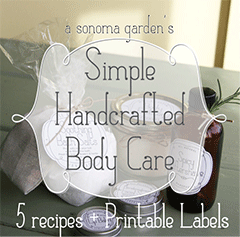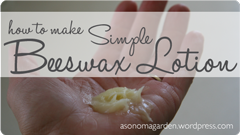
tomato seedling riddled with damping off
Scott and I aren’t experts at seedling fatality diagnostics, but we’re pretty sure that for the last two years in a row at least one of our tomato seedlings has succumbed to ‘damping off.’ Damping off or seedling rot is caused by fungi that live in the soil. When you keep the soil continuously damp, give it some high humidity and maybe some cloudy days it sets that fungi in action and ready to destroy your fragile little seedling stems.

healthy seedling
How Do You Notice Damping Off?
We first notice it when the base of the 1″ stems get thin and white, the next day they fall over and die. Sometimes the damping off will affect your seedlings before they even sprout.
How can You Prevent it?
You can prevent Damping Off by sterilizing everything before you plant your seeds. If you make your own seed soil mix you can sterlize your seed soil in the oven with this tutorial. Make sure to wash your planting flats thoroughly too. When seedlings are crowded together that also will activate the fungi, so try to only plant one seed per planting cell.
What to Do When You Spot Damping Off.
Believe it or not, there is a slim chance that you can rescue your poor seedlings from damping off. When you first spot it stop watering right around the base of the plant. Give the seedlings as much light and air as you can. However we’ve had our seedlings our in bright sunlight with low humidity and they always die on us. My recommendation would be to start new seeds immediately when you spot it because chances are slim that you’ll save your new growth.
This year due to all the house renovations we’ve undertaken and our battle with damping off, we’re going to be buying most of our tomatoes and peppers. That’s just fine, it feels good to take a year off from nuturing seedlings in pots.
Have you had any seedling fatalities this year so far?




















































